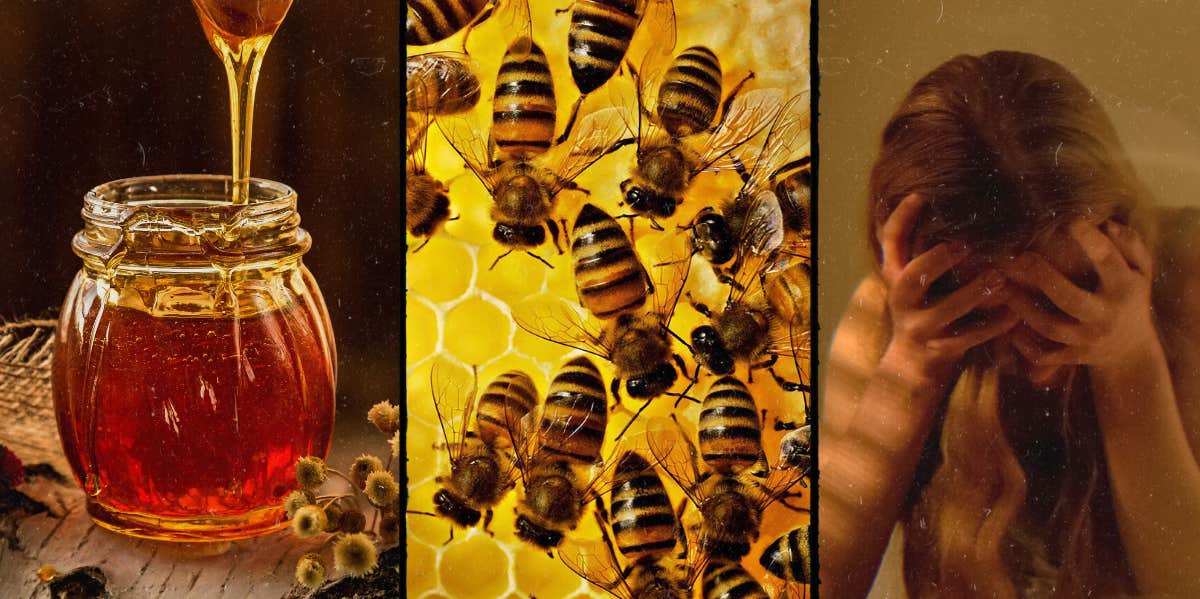Honey has been celebrated for centuries as a source of nutrition and medicine. Among the numerous varieties, one type stands out for its unique properties and potent effects: Himalayan mad honey, often known as sherpa honey. This honey is produced by Apis laboriosa, the world’s largest honeybee species, found primarily in the Himalayan regions of Nepal, Bhutan, and northern India. Unlike regular honey, mad honey contains a unique compound derived from specific rhododendron flowers, making it a distinctively potent substance with significant pharmacological and nutritional attributes.
Nutritional Profile of Himalayan Mad Honey
Himalayan wild honey shares many potent nutritional properties like any other honey, including high levels of glucose, fructose, and antioxidants. The antioxidants in honey are effective in neutralizing oxidative stress. However, mad honey is particularly special because it has additional potent properties not found in other traditional honey. It is called mad honey because of the hallucinated psychoactive effects on users when consumed in moderation, which, interestingly, has also been studied for potential in hallucinations treatment. The psychoactive properties arise from the honey bees feeding on rhododendron species found in the Himalayan mountains. Rhododendron ponticum flowers in the high-altitude Himalayan ranges contain Grayanotoxins, which are naturally potent neurotoxins that give mad honey its distinct properties. Regulated consumption of mad honey is used in reducing body pains and improving bone and heart health.

Pharmacological Effects of Himalayan Mad Honey
Mad honey has been used traditionally to treat a variety of health conditions including digestive issues. It is the potent compound found in mad honey that is attributed to a variety of health benefits. The honey is used to manage mild euphoria and is known to reduce blood pressure. The honey is known to cause dilation of the blood vessels thus lowering the pressure and alleviating the symptoms in hypertension patients. The antioxidant properties of mad honey are known to manage oxidative stress in consumers. Therefore, it is known to address inflammation symptoms in patients thus achieving better health in patients. Respiratory patients have used honey for centuries to relieve the symptoms of fever and cold.
Caution and Safe Consumption
While Himalayan mad honey has fascinating health benefits, caution is essential. The grayanotoxins responsible for its pharmacological effects are toxic in high doses, and an excessive intake can lead to symptoms of “mad honey poisoning.” These symptoms include nausea, vomiting, dizziness, and, in severe cases, cardiovascular complications like arrhythmia or even loss of consciousness. Therefore, it’s advised to consume only small, measured doses of Sherpa honey under supervision, especially for first-time users.
Himalayan mad honey offers a remarkable blend of nutritional and pharmacological properties that sets it apart from ordinary honey. While it can provide potential health benefits, caution and respect for its potency are necessary to avoid adverse effects. For those seeking a natural supplement rooted in ancient tradition, sherpa honey presents a unique and intriguing option. Its allure is not just in its nutritional and medicinal value, but also in the rich cultural legacy it carries from the heights of the Himalayas.